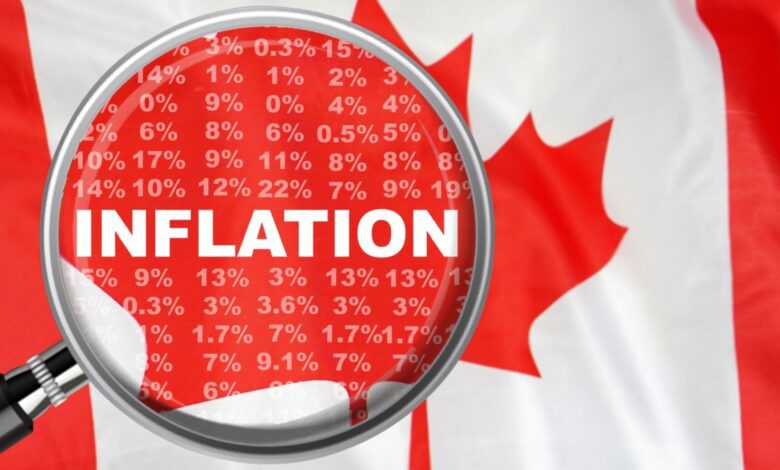Canadian Inflation Rate Drops to 2-Year Low
Inflation dropped to 3.4% in May, its lowest level since June 2021.

The Bank of Canada raised its overnight rate to a 22-year high of 4.75% earlier in June, following a series of strong data and an unexpected uptick in April’s inflation. However, the recent slowing of inflation might give the Bank some reason to postpone another interest rate hike, likely until September.
Despite these measures, the three-month annualized rates of the Bank of Canada’s core measures demonstrated little progress in controlling inflation. The CPI-trim three-month annualized measure decelerated to 3.8%, just slightly below April’s 3.9%, while the CPI-median slowed to 3.6% from 3.8%. Additionally, the central bank’s newest tracker, core services excluding shelter, actually accelerated to 4.9% from 4.7%.
One of the significant contributors to the inflationary pressure in Canada has been the higher interest rates, leading to a rise of 29.9% in the mortgage interest cost index in May year-over-year. Grocery prices have also been surging, rising 9% year over year in May, almost unchanged from the increases recorded in April. However, energy prices showed a decline of 12.4% in May year over year.
Looking ahead, experts suggest that inflation could continue to slide lower throughout 2023, primarily if the Bank of Canada keeps raising interest rates incrementally in early 2023 and then pauses. Despite this, structural issues like early retirees leaving the workforce and a lack of immigration are expected to maintain pressure on the labour market, keeping it tight into 2023. Economists from the Royal Bank of Canada predicted a moderate recession for Canada in early 2023, with key prices such as food and energy remaining high.
The strength of the U.S. dollar, boosted by Fed rate hikes and better economic conditions in the U.S. compared to other nations, may also help reduce inflation in 2023 by making imports cheaper. Despite weakening by over 7% against a strong U.S. dollar throughout 2022, the Canadian dollar is expected to rebound by reaching $1.35 per U.S. dollar before settling at $1.30 per U.S. dollar for the majority of 2023.
To wrap up, while the CPI inflation rate in Canada has been a cause for concern, measures taken by the Bank of Canada and improving global conditions suggest a potential upside for Canada.
Read Next: Why Nvidia’s Tech Investments Could Transform the Entire AI Innovation Ecosystem
Join the Discussion in the WVC Facebook Investor Group
Do you have a stock tip or news story suggestion? Please email us at: invest@wealthyvc.com.




